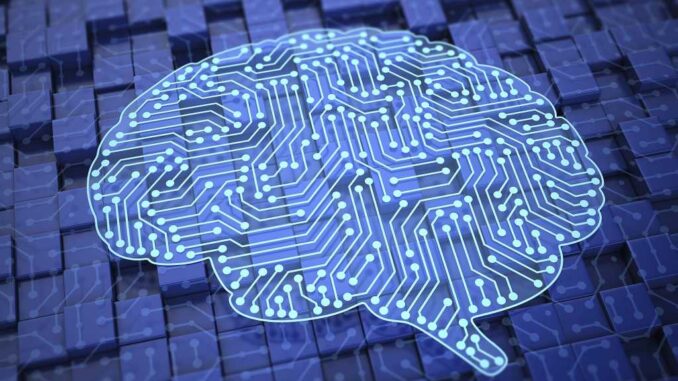
Deep learning is a subfield of artificial intelligence (AI) and machine learning (ML) that focuses on using neural networks with multiple layers (hence “deep”)
to model complex patterns and representations in data. Here’s an overview of deep learning, including its components, techniques, applications, and challenges.










### Key Concepts in Deep Learning
1. **Neural Networks**:
– **Artificial Neurons**: The basic building blocks of deep learning models, inspired by biological neurons. Each neuron receives inputs, processes them, and produces an output.
– **Layers**: Neural networks are composed of input layers, hidden layers, and output layers. The depth (number of hidden layers) of a network is what makes it “deep.”
– **Activation Functions**: Functions like ReLU (Rectified Linear Unit), Sigmoid, and Tanh that introduce non-linearity to the model, allowing it to learn complex patterns.
2. **Training Process**:
– **Forward Propagation**: Inputs are passed through the network, producing an output.
– **Loss Function**: A measure of how well the model’s predictions match the actual target values. Common loss functions include Mean Squared Error (MSE) and Cross-Entropy Loss.
– **Backpropagation**: A process of updating the weights of the network based on the output error using algorithms like Stochastic Gradient Descent (SGD), Adam, etc.
3. **Types of Deep Learning Models**:
– **Convolutional Neural Networks (CNNs)**: Primarily used for image and video recognition tasks.
– **Recurrent Neural Networks (RNNs)**: Designed for sequential data, making them suitable for tasks like natural language processing and time series forecasting.
– **Long Short-Term Memory Networks (LSTMs)**: A type of RNN that can capture long-range dependencies in data.
– **Generative Adversarial Networks (GANs)**: Composed of two networks (a generator and a discriminator) that compete against each other to generate realistic data.
### Applications of Deep Learning
1. **Computer Vision**: Image classification, object detection, facial recognition, and autonomous vehicles.
2. **Natural Language Processing (NLP)**: Machine translation, sentiment analysis, chatbots, and text generation (e.g., GPT models).
3. **Speech Recognition**: Converting spoken language into text and voice assistants.
4. **Healthcare**: Medical image analysis, drug discovery, and predictive analytics for patient outcomes.
5. **Finance**: Fraud detection, algorithmic trading, and risk assessment.
### Challenges in Deep Learning
1. **Data Requirement**: Deep learning models often require large amounts of labeled data to achieve high accuracy, which can be expensive and time-consuming to obtain.
2. **Computational Power**: Training deep learning models requires significant computational resources (GPUs/TPUs), which may not be accessible to all users.
3. **Overfitting**: Deep models can fit noise in the training data, leading to poor generalization on unseen data.
4. **Interpretability**: Deep learning models are often seen as “black boxes,” making it challenging to interpret how decisions are made. This can be problematic in critical applications like healthcare and finance.
### Tools and Frameworks
Several popular frameworks and libraries facilitate building deep learning models, including:
– **TensorFlow**: An open-source library developed by Google for machine learning and deep learning tasks.
– **Keras**: A high-level API running on top of TensorFlow for quickly building and training deep learning models.
– **PyTorch**: An open-source deep learning library developed by Facebook that is popular for research and production.
– **MXNet**: A scalable deep learning framework supported by Amazon.
### Conclusion
Deep learning has revolutionized many fields by enabling the development of sophisticated models that can learn from vast amounts of data. While it brings substantial capabilities, it also requires careful consideration of data needs, computational resources, and ethical implications. As the field continues to evolve, ongoing research aims to address these challenges and expand the potential of deep learning applications.


Leave a Reply